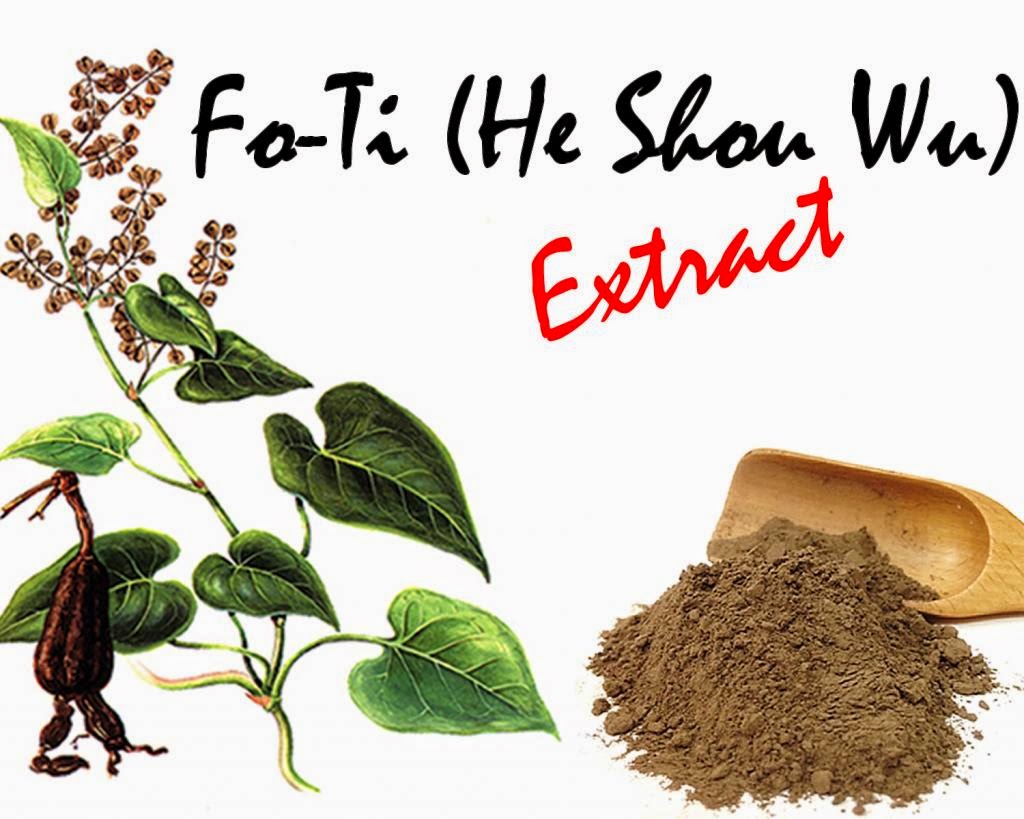Fringe tree bark tea benefits have long been known in America as being potent for liver and gallbladder disorders.
The Native Americans and later, the European settlers made extensive use of the fringe tree bark in their herbal remedies.
The fringe tree is a deciduous tree or shrub that can grow up to a height of forty feet. Naturally found in North America, it has a thin odorless bark on which can be found its characteristic reddish brown colored scales.
The fringe tree leaves are thick and oval shaped.
Each one is about six inches long. The fringe tree bears fragrant white flowers during the summer. It also bears fleshy, round, and dark blue colored fruits
The active constituents of the fringe tree bark are the bitters, saponins, phyllyrin, and chionanthin. Fringe tree bark tea is made by infusing two teaspoonsful of fringe tree bark into a cup of boiling water and letting it stand for about ten to fifteen minutes.
Discard the dried bark and let the infusion cool. This drink is normally taken thrice daily as remedy for liver disorders.
Other herbs like barberry, dioscorea and wild yam may be combined with the fringe tree bark tea as treatment for liver problems.
However, this infusion should be avoided when a gallstone attack is happening as it will increase the release of bile and build pressure on the stones.
The following are the health benefits attributed to fringe tree bark tea:
Fringe tree bark tea may help release the flow of bile, thus making it an effective laxative.
Fringe tree bark tea may help in the treatment of gallbladder ailments and jaundice.
Fringe tree bark tea may help strengthen and support liver health.
Fringe tree bark tea, applied topically, may help in the treatment of skin wounds, bed sores and other external infections.
Fringe tree bark tea is believed to help lower sugar levels in the urine, although this needs to be supported by scientific studies.
Fringe tree bark tea may help improve the appetite.
Fringe tree bark tea may be used to alleviate headache.
Fringe tree bark tea may be used to relieve pain from rheumatism.
.jpg)
.jpg)
.jpg)
.jpg)
.jpg)

















_(6222073617).jpg)





.JPG)






















